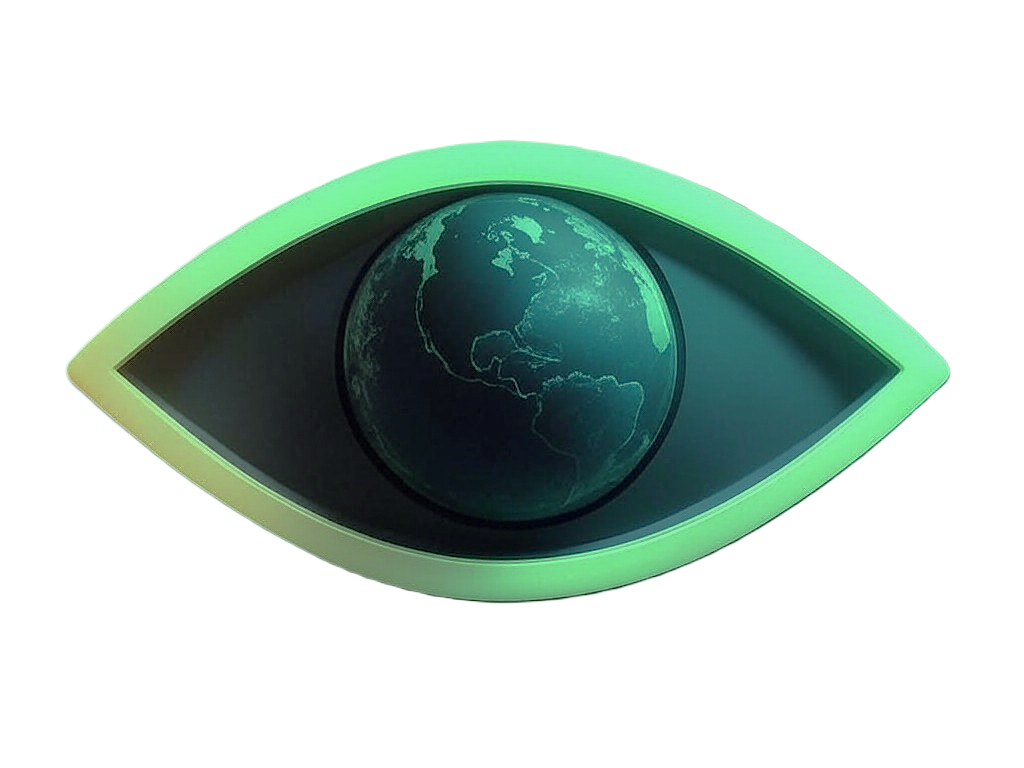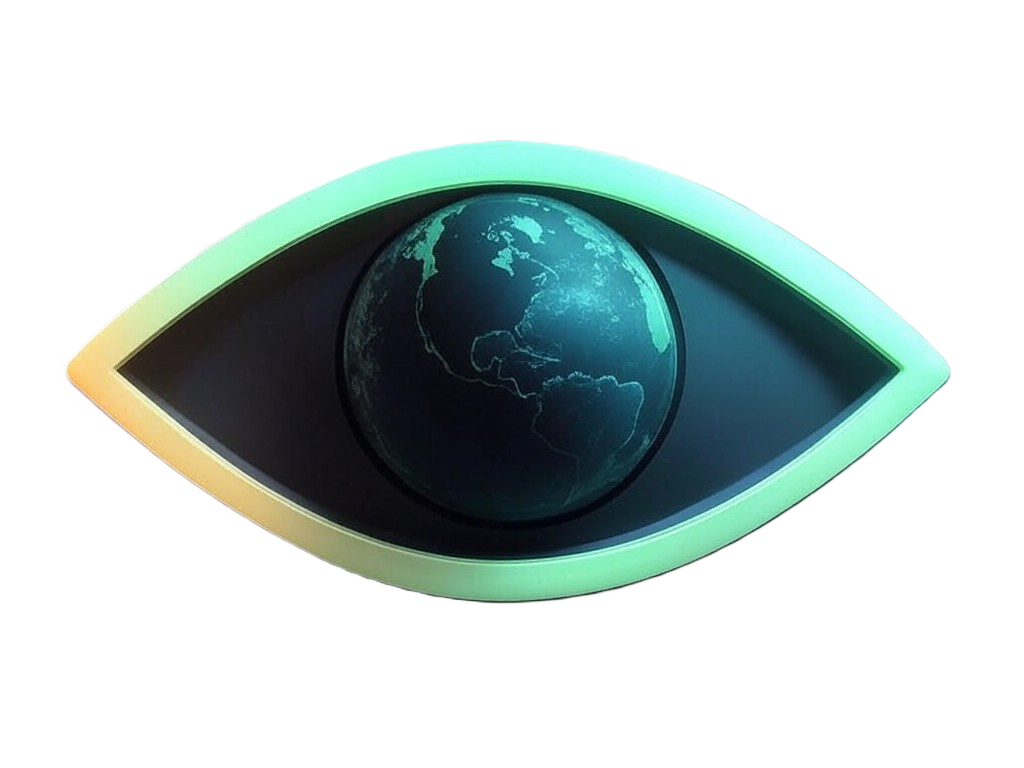Activation of the 6th-DNA Strand Template allows the D-6 Indigo wave spectra and the
D-6 consciousness characteristic to this wavelength, to embody within the Indigo Children fetal body.
The Indigos are indeed a "new breed" of children because they represent a new breed of
consciousness now entering incarnation within our time.
The Indigos are are in truth representatives of a very OLD BREED of consciousness once prevalent on
Earth, and in their reemergence today they serve as harbingers of our race evolution - the way -
showers of things to come, as our race evolution moves closer to its intended destination.
Furthermore, the Indigos are here by design and intention; their coming is not the result of
some accidental or haphazard quirk of undirected evolution. They are here because they were asked
to come and they have come to fulfill their part within a much greater evolutionary mission.
The phenomenon of the Indigo Children is both spiritual and genetic, and their placement among us
represents the beginning of the externalization of our intrinsic process of Bio-Spiritual Evolution.
Comprehending the nature of the Indigo Children, and the nature of human existence itself, requires
first and foremost the acknowledgement of a Multi-dimensional Reality Structure; a concept that
contemporary science has yet to validate within the mainstream view.
The 12 Ray-sas (Races) were the Human Guardians. They each had their own Grail
King Maji and Indigo family to hold a bit more frequency, in case the planetary body needed to be
activated, than the whole set of the 12 races together. That's why the Indigos are being woken first.
Activation of the 6th-DNA Strand Template allows the D-6 Indigo wave spectra and the
D-6 consciousness characteristic to this wavelength, to embody within the Indigo Children fetal body.
The Indigos are indeed a "new breed" of children because they represent a new breed of
consciousness now entering incarnation within our time.
The Indigos are are in truth representatives of a very OLD BREED of consciousness once prevalent on
Earth, and in their reemergence today they serve as harbingers of our race evolution - the way -
showers of things to come, as our race evolution moves closer to its intended destination.
Furthermore, the Indigos are here by design and intention; their coming is not the result of
some accidental or haphazard quirk of undirected evolution. They are here because they were asked
to come and they have come to fulfill their part within a much greater evolutionary mission.
The phenomenon of the Indigo Children is both spiritual and genetic, and their placement among us
represents the beginning of the externalization of our intrinsic process of Bio-Spiritual Evolution.
Comprehending the nature of the Indigo Children, and the nature of human existence itself, requires
first and foremost the acknowledgement of a Multi-dimensional Reality Structure; a concept that
contemporary science has yet to validate within the mainstream view.
The 12 Ray-sas (Races) were the Human Guardians. They each had their own Grail
King Maji and Indigo family to hold a bit more frequency, in case the planetary body needed to be
activated, than the whole set of the 12 races together. That's why the Indigos are being woken first.









